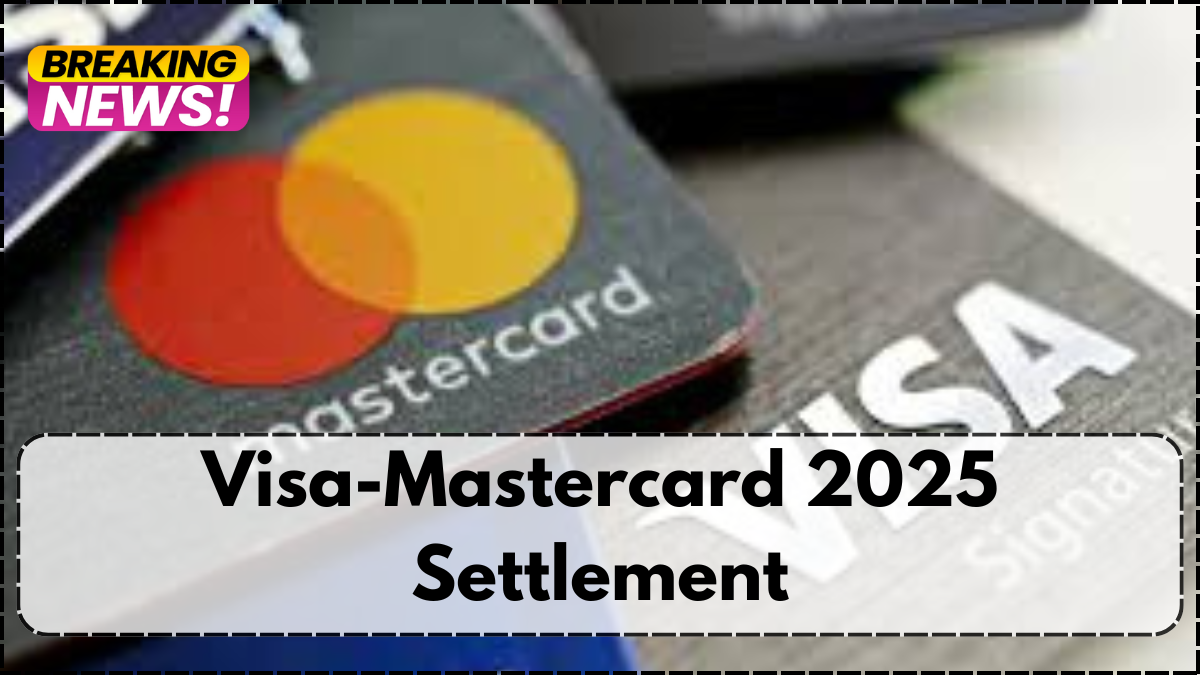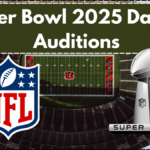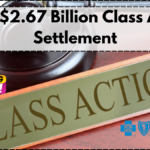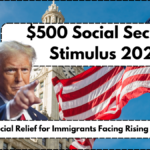In a pivotal class action resolution, Visa and MasterCard have agreed to a $200 million settlement following accusations of conspiring with major U.S. banks to impose unlawful ATM withdrawal fees. The agreement, finalized in early April 2025, could result in eligible consumers receiving up to $2,000 each in compensation.
The lawsuit, which spanned transactions from October 1, 2007, through July 26, 2024, alleged that both card networks worked with institutions like JPMorgan Chase, Bank of America, and Wells Fargo to enforce anti-competitive ATM surcharge policies. These actions, according to the court’s ruling, violated federal antitrust laws and unfairly burdened consumers.
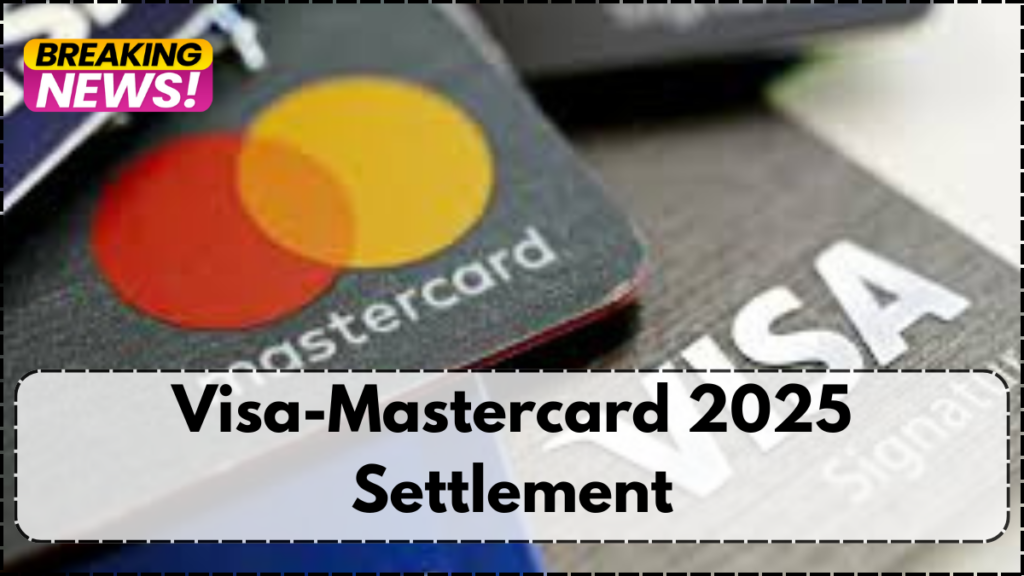
What Sparked the Visa and MasterCard ATM Fee Lawsuit?
The class action lawsuit arose from consumer complaints that Visa and MasterCard were enforcing artificially inflated ATM surcharges by restricting independent ATM operators from offering lower fees. Instead, a standardized surcharge was imposed across machines, with the backing of several large banks.
This conduct effectively eliminated pricing competition, forcing consumers to pay higher-than-necessary fees for basic cash withdrawals. The court determined this approach breached antitrust regulations, ultimately harming millions of cardholders over the 17-year period.
Settlement Details: Who Pays What?
The financial breakdown of the $200 million settlement is as follows:
-
Visa will pay $104.6 million
-
MasterCard will contribute $92.8 million
The remaining amount will cover administrative and legal expenses. The bulk of the funds is earmarked for consumer compensation, with eligible claimants potentially receiving up to $2,000 depending on their transaction history and documentation.
Eligibility Criteria for Refunds
To receive a portion of the settlement, consumers must meet strict eligibility requirements based on card usage, time frame, and surcharge application.
| Criteria | Details |
|---|---|
| Eligible Timeframe | October 1, 2007 – July 26, 2024 |
| Card Type | Transactions using Visa or MasterCard |
| Surcharge Type | Non-refundable ATM fees |
| Involved Banks | JPMorgan Chase, Wells Fargo, Bank of America |
| Maximum Refund Amount | Up to $2,000 per qualified individual |
How to File Your Refund Claim
Filing a claim requires visiting the official ATM Surcharge Settlement Portal, verifying your eligibility, and submitting the necessary documents. Here’s how:
-
Access the Official Settlement Website – Check for eligibility and deadlines.
-
Fill Out the Online Claim Form or request a physical copy if preferred.
-
Upload Supporting Documentation – Bank statements showing ATM surcharges between 2007 and 2024.
-
Submit Before the Deadline – The exact cut-off date will be published on the settlement site in the coming weeks.
Accuracy is crucial. Claims with missing or vague information are more likely to be denied or reduced.
How Refund Amounts Are Determined
Although the maximum refund stands at $2,000, individual payout amounts will vary. Factors influencing the final payment include:
-
Volume of Approved Claims – If total claims exceed the settlement pool, payments will be scaled proportionally.
-
Frequency of Surcharged Transactions – Higher usage may translate to larger refunds.
-
Documentation Strength – Claims with complete and accurate proof of fees stand a better chance.
Why the 2025 Settlement Sets a New Standard
This case is more than just about ATM fees. It underscores the growing pressure on financial institutions to maintain transparency and competitiveness. The court’s decision reinforces the principle that major corporations can’t use their market power to manipulate fee structures in ways that harm consumers.
The outcome is expected to influence future litigation involving hidden or excessive banking fees and could lead to policy reforms in the ATM and payment processing industries.
What Should Consumers Do Now?
If you’ve used a Visa or MasterCard for ATM withdrawals between 2007 and 2024 and believe you were charged excessive fees, now is the time to act:
-
Gather your bank statements
-
Visit the settlement portal
-
Submit a claim before the deadline
Even if your transactions seem minor, the cumulative refund potential is significant, especially for long-term card users.
Conclusion
The $200 million ATM fee settlement between Visa, MasterCard, and consumers marks a major milestone in financial justice. It highlights the power of collective action and serves as a reminder for consumers to stay vigilant about hidden fees. With the claims process underway, eligible cardholders have a real opportunity to recover money lost over nearly two decades. Act promptly, and ensure your claim is submitted correctly to secure your share of the refund.
FAQs
Who can file a claim in the Visa and MasterCard ATM fee settlement?
Anyone who used a Visa or MasterCard debit or credit card at an ATM and paid a non-refundable surcharge between October 1, 2007, and July 26, 2024, may be eligible, especially if the ATM was operated by or connected to JPMorgan Chase, Wells Fargo, or Bank of America.
Do I need to have kept my bank statements?
Yes, documentation is strongly recommended. You’ll need to show proof of surcharge fees to maximize your refund. If you don’t have bank statements, contact your bank for transaction history or use digital records.
When is the deadline to submit my refund claim?
The final deadline will be announced on the official settlement website in the coming weeks. Make sure to check regularly and sign up for updates if available.
Is this settlement final, or can it be appealed?
The court has approved the settlement, and while appeals are always a legal possibility, the distribution process is moving forward as of April 2025.
Can businesses or only individuals claim refunds?
Both individuals and qualifying small businesses that incurred ATM surcharge fees during the specified period may be eligible to submit claims.
For More Information Click Here
Pari is a passionate writer known for captivating stories that blend imagination and reality. Inspired by travel, history, and everyday moments, Pari crafts narratives that resonate deeply with readers.
